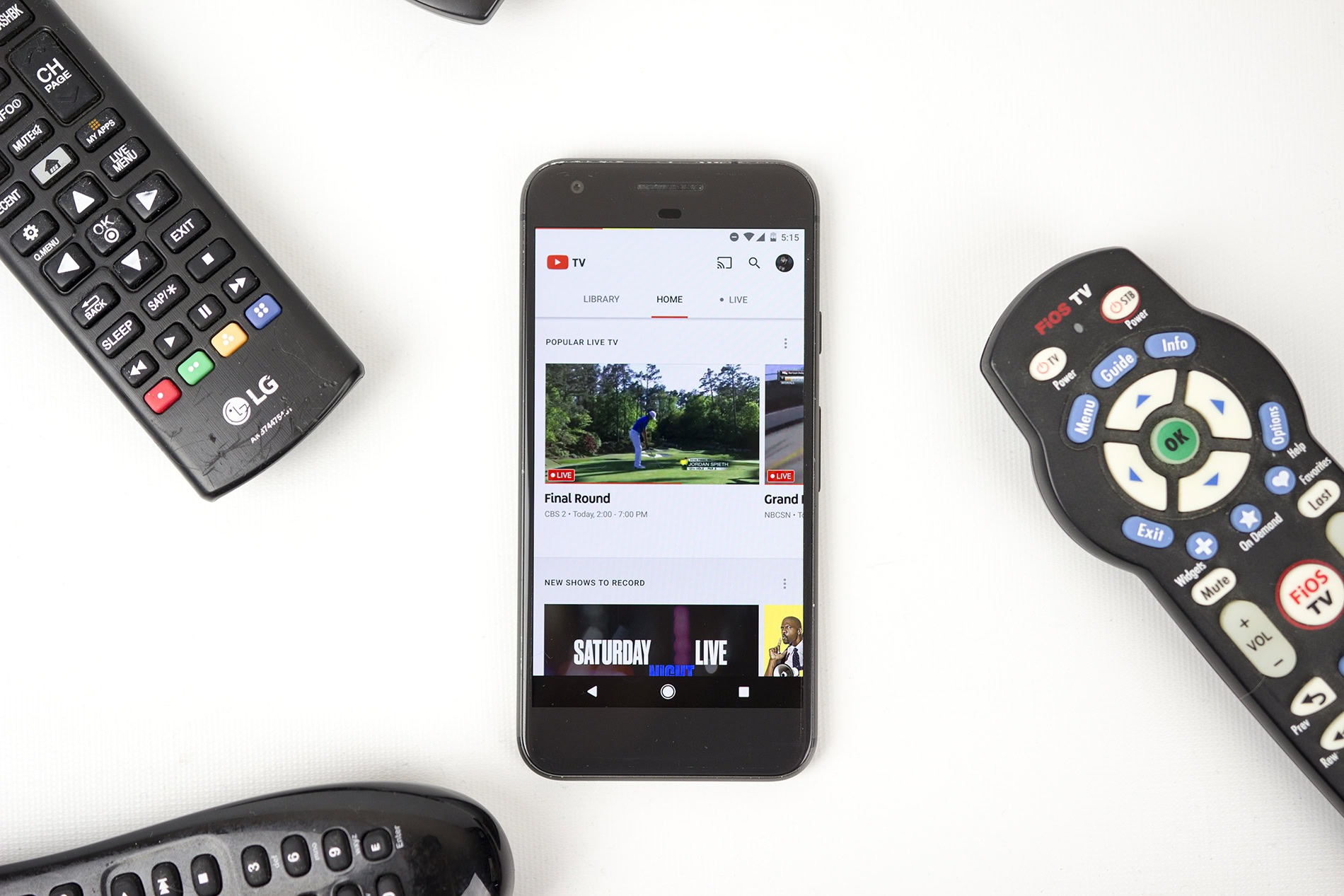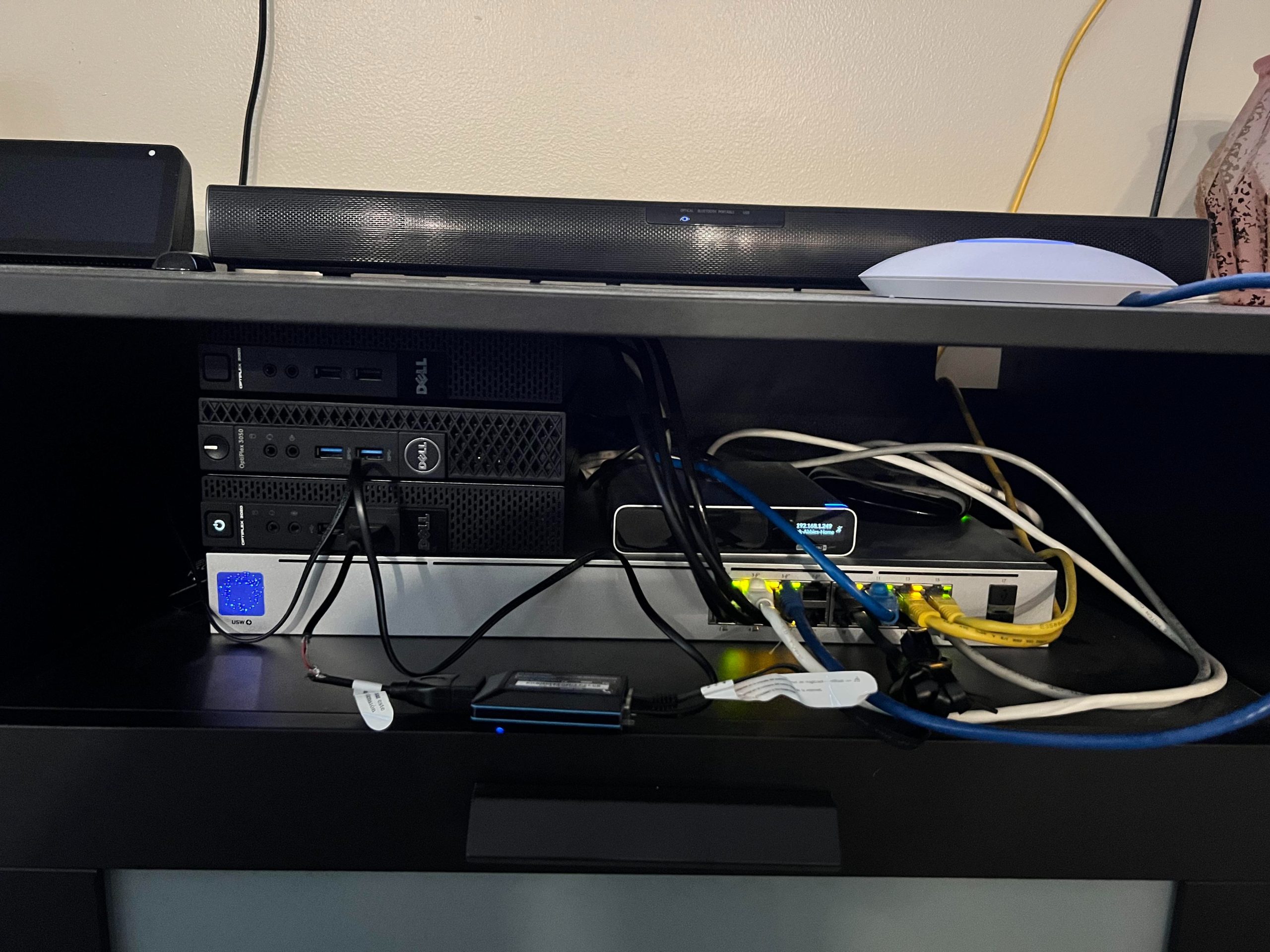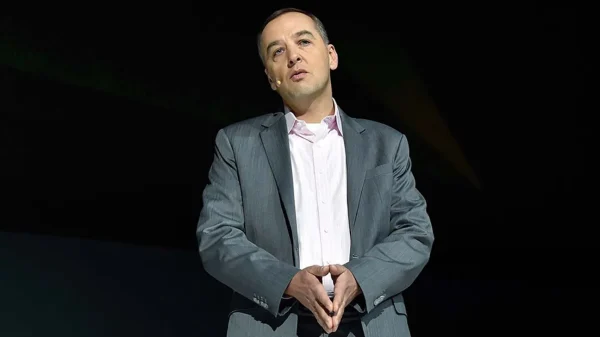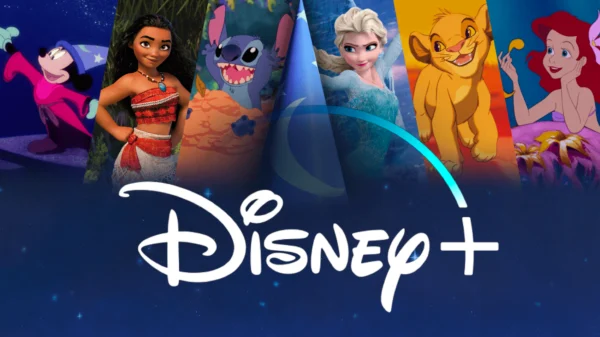The television industry has experienced steady changes in recent years. Traditional cable, once the standard for households across the United States, is no longer the dominant way people access visual entertainment.
With the advancement of internet-based streaming services, more viewers now choose convenience over convention. Cloud TV has taken centre stage, offering alternatives that bypass hardware dependency and long-term subscription contracts.
The steady rise in popularity of services like Sling TV, Hulu with Live TV, and YouTube TV has made many question whether cable can maintain its foothold in American homes. This change in attention shows no sign of slowing.

Cloud TV lets you take your favorite shows anywhere you go (Photo: Getty Images)
Television consumption habits have transformed. Viewers want more control over what they watch, when they watch it, and on which devices.
nternet-based platforms meet these expectations without the limitations associated with traditional cable packages. As a result, people who were once loyal to cable providers now opt for streaming services that require only a stable internet connection.
What Cloud TV Offers That Cable Cannot
Cloud TV stands out because it gives subscribers access to live and on-demand content without requiring them to install bulky devices or schedule technician appointments. Most services operate through apps available on smartphones, smart TVs, tablets, laptops, and streaming sticks.
This level of portability fits into the daily habits of today’s average viewer. Someone could start watching a show on their living room television, continue it on their phone during a train ride, and finish it later on their tablet in bed.
Another advantage lies in pricing structure. Traditional cable contracts often come with extra fees, equipment rentals, and long-term commitments that frustrate many customers.
On the other hand, Cloud TV services offer monthly payments that are easier to manage and cancel when necessary. This pay-as-you-go style has made it more attractive to younger audiences and budget-conscious consumers.
Content Personalisation and User Experience
One major attraction of Cloud TV lies in its customisation. Many streaming platforms allow users to curate watchlists, select channels based on interest, and receive recommendations that match their viewing habits.
This personal touch improves user satisfaction and helps people find programmes that match their mood or taste. With traditional cable, viewers must sift through dozens of channels they do not care for, which often leads to wasted time.
Also, streaming services have focused more on user interface design. Easy navigation, sleek layouts, and search functionalities make it easier to locate content without hassle. Cable television, which relies heavily on physical remotes and rigid schedules, struggles to match this level of convenience.
Cable’s Response to the Rise of Cloud TV
Rather than giving up completely, some cable companies have tried to respond with their own digital services. Providers such as Comcast and Spectrum now offer streaming apps and internet-based subscriptions as a way to retain customers
. These hybrid models attempt to combine the familiarity of cable with the mobility and flexibility of Cloud TV. However, such efforts have seen mixed results. While some users appreciate the addition of online access, others find the packages too restrictive or the pricing too similar to traditional cable plans.
Cable companies face challenges with infrastructure as well. Cloud-based providers focus their efforts on server reliability and content libraries, while cable networks remain burdened with physical lines and equipment.
Maintenance costs for cable networks can drive prices higher, making the services less appealing compared to their streaming counterparts.
Internet Access and Regional Differences
Despite its growing popularity, Cloud TV has its limitations, particularly in areas with poor internet connectivity. For households in rural regions where broadband internet is unreliable, cable may still be the better option.
Streaming live content requires strong data capacity, and buffering or interruptions can ruin the experience for users in less-connected parts of the country.
Cable retains some of its user base in such places because it can deliver consistent service without relying on fast internet. It may also be the only option for local news and regional sports in some locations. Cloud TV providers have started adding local content, but coverage varies depending on agreements with broadcasters.
Shifting Preferences Across Age Groups
Different generations consume media differently. While younger adults tend to lean towards Cloud TV because of its flexibility and device compatibility, older viewers may still prefer the structure of traditional cable.
Cable television offers scheduled programmes and familiar channels that have become part of some viewers’ routines. These habits can be hard to change.
However, even older generations are beginning to show interest in Cloud TV as smart devices become more user-friendly. Family members often introduce older relatives to platforms like Netflix, Hulu, or Amazon Prime Video, making the transition easier. This trend points to an ongoing movement toward digital entertainment across age groups.
Pricing Trends and Service Bundles
Another point that draws attention is pricing. Cable companies have historically charged high fees with add-on costs for premium channels or DVR services.
Cloud TV platforms present clearer pricing without the need for installation or additional charges for extra equipment. Most providers include cloud storage features for saved content, which reduces the need for physical devices.
Bundles are another factor. Internet and television bundles are commonly offered by cable providers, but they often tie users to long-term contracts.
Cloud TV services allow bundling as well, though their focus lies in combining multiple streaming platforms into one interface rather than offering traditional telephone or internet deals. This difference highlights a change from hardware-based integration to content-based integration.
Advertising and Revenue Models
Monetisation strategies also differ. Cable television earns revenue through a combination of subscriptions and advertising. Cloud TV uses ads too, but many platforms give subscribers an option to pay more for ad-free viewing. This type of control is highly valued by many viewers who dislike interruptions during their programmes.
The advertisement targeting methods of Cloud TV are more precise as well. With access to viewer data, platforms can place personalised ads that reflect the interests of the audience. This makes ad slots more valuable for advertisers and enhances revenue without relying on bulk exposure as cable does.
The Role of Original Programming
Content creation has become a battleground for viewer loyalty. Services like Netflix and Amazon have poured funds into original programming that draws audiences who might otherwise stay with cable. These exclusive titles can drive subscription increases and maintain viewer interest across seasons.

Say goodbye to wires, contracts and cable clutter (Photo: Getty Images)
Cable channels have tried to compete with their own original series, but the funding and creative control seen on streaming platforms often gives them the edge.
Viewers prefer fresh and diverse programming that breaks from traditional formats. With access to global content and genre-spanning libraries, Cloud TV continues to draw interest from viewers seeking something outside the norm.
What Could Keep Cable Around
Although Cloud TV appears to be moving forward, cable might still have some time left. Sports broadcasting, live news, and certain exclusive deals with networks continue to give cable a reason to remain part of many homes.
Some content deals are locked in with cable networks and may not become available to streamers for years. This delay gives cable a short window to hold on to customers who rely on such programming.
Also, customer loyalty plays a role. Some users have remained with the same cable provider for decades and see no reason to change unless forced. Others may not be aware of alternatives or prefer to avoid the effort required to make the switch.
Looking at current trends, Cloud TV continues to rise as the preferred choice for new subscribers. The demand for mobility, customisation, and flexible payments has made it attractive across many user segments.
Although cable still holds on in certain areas, especially where internet service is poor or content rights are restricted, the direction of viewer preference has already shifted.
As internet infrastructure improves and more streaming services build competitive offerings, traditional cable will face growing pressure. Whether it survives depends on how well it can adjust to this new viewing environment.
If it clings to old methods without embracing convenience and flexibility, its share of the market may keep declining with time. What remains clear is that the way people watch television is no longer the same, and the pace of change does not appear to be slowing.
























